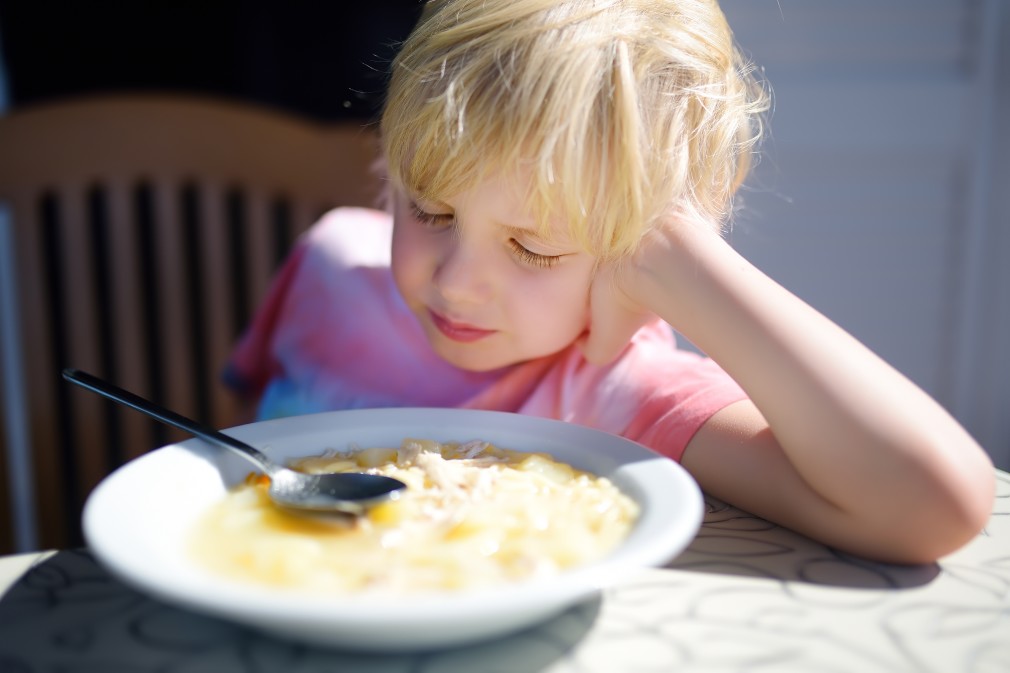
Do you struggle with getting your kids to eat healthily? Do they turn up their noses up at anything green or refuse to try new foods? It can be frustrating when you’re trying your best to provide nutritious meals, only to be met with resistance. But fear not, there’s hope! By nurturing positive food associations in your children, you can help them develop a lifelong love for healthy eating.
Instilling positive food associations in children is a cornerstone not only for their physical health but also for their mental wellbeing. A diverse and balanced diet ensures they receive the necessary nutrients for growth, energy and cognitive development. The way children perceive food can also influence their eating habits into adulthood, potentially reducing the risk of developing health issues such as obesity, diabetes, and heart disease. Positive food experiences can help foster a healthy relationship with food, making meal times an enjoyable, stress-free occasion rather than a battleground. Through nurturing these positive associations from a young age, we pave the way for our children to lead healthier, happier lives.
Instilling positive food associations in children is a cornerstone not only for their physical health but also for their mental wellbeing.
Ultimately, fostering positive food associations revolves around two pivotal aspects: understanding the nutritional value of food and finding enjoyment in both meals and the surrounding mealtime environment.
Involve Your Kids in Meal Planning and Preparation
Get your kids involved in meal planning and preparation. Ask them to help you come up with ideas for meals and snacks, and let them choose which ones they want to make. When you go grocery shopping, bring your kids along and let them help choose the fruits, vegetables, and other healthy foods they’ll be eating. When it’s time to cook, give your kids age-appropriate tasks like chopping vegetables, mixing ingredients, or setting the table. When kids are involved in the process, they’re more likely to be invested in the outcome and feel proud of what they’ve accomplished.
Make Food Fun and Colorful
Kids love bright colors and fun shapes, so use that to your advantage! Cut fruits and vegetables into fun shapes using cookie cutters or create colorful plates by arranging food in a fun pattern. Get creative with food presentation to make it more visually appealing. For example, make faces out of veggies on a plate or create themed meals based on your kids’ favorite movies or books.
Offer a Variety of Foods and Flavors
Don’t be afraid to introduce your kids to a variety of foods and flavors. Kids are more likely to develop a taste for a food if they’ve been exposed to it multiple times. Try offering a new food alongside familiar foods to make it less intimidating. And don’t give up if your child doesn’t like a certain food the first time they try it – it can take up to 10 times for a child to develop a taste for a new food.

Create a Positive Eating Environment
Make mealtime a pleasant and stress-free experience. Avoid forcing your kids to eat something they don’t want to or using food as a punishment or reward. Instead, create a positive atmosphere by having conversations and engaging with your kids during mealtime. Avoid distractions like television or phones and focus on enjoying the meal and each other’s company.

Role Model Healthy Eating
Children are more likely to follow your lead than your advice, so be a good role model for healthy eating. Incorporate a variety of fruits, vegetables, lean proteins, and whole grains into your own diet and talk positively about the foods you’re eating. Avoid negative comments about your own body or weight and don’t use language that demonizes certain foods. Instead, focus on eating a balanced diet that provides the energy and nutrients your body needs.
Nurturing positive food associations in your children isn’t always easy, but it’s worth the effort. By involving your kids in meal planning and preparation, making food fun and colorful, offering a variety of foods and flavors, creating a positive eating environment, and role modeling healthy eating, you can help your children develop a lifelong love for healthy eating and a positive relationship with food.
Excerpted from How to Nurture Positive Food Associations in Your Children in University of Texas at Austin’s Discovery blog. Read the full post online.
Source: Discovery blog, University of Texas at Austin | How to Nurture Positive Food Associations in Your Children, https://sites.utexas.edu/discovery/2023/11/17/how-to-nurture-positive-food-associations-in-your-children | © The University of Texas at Austin 2023. Retrieved October 2024.





